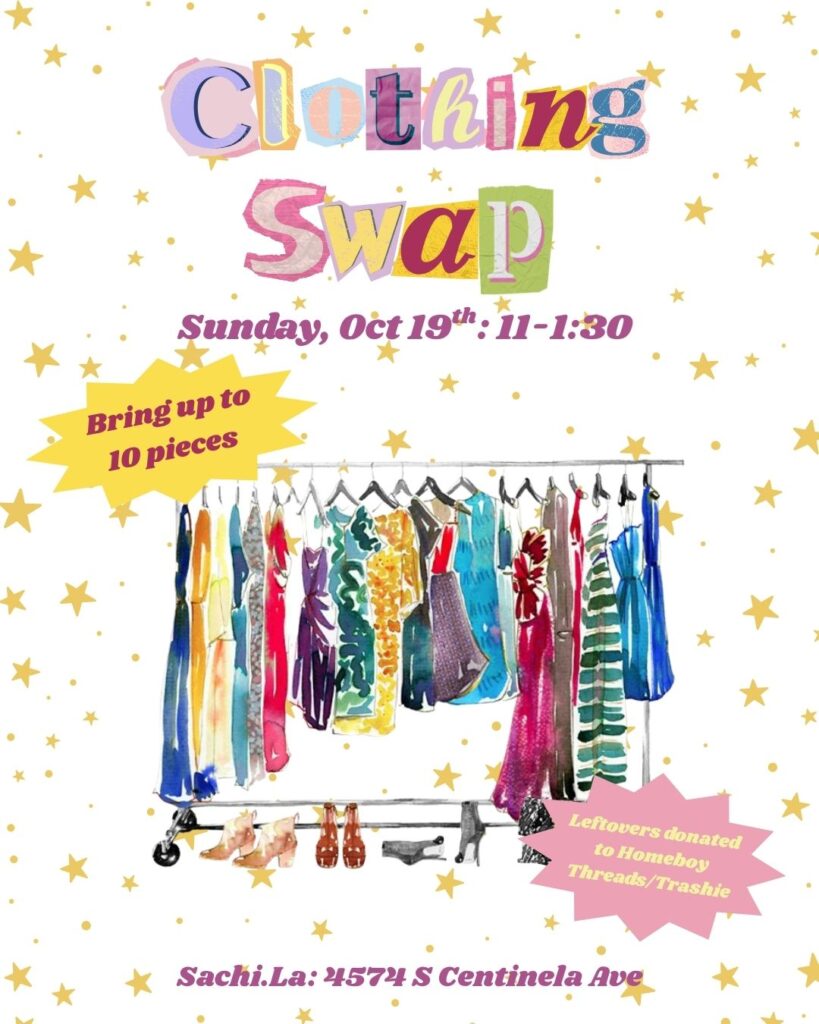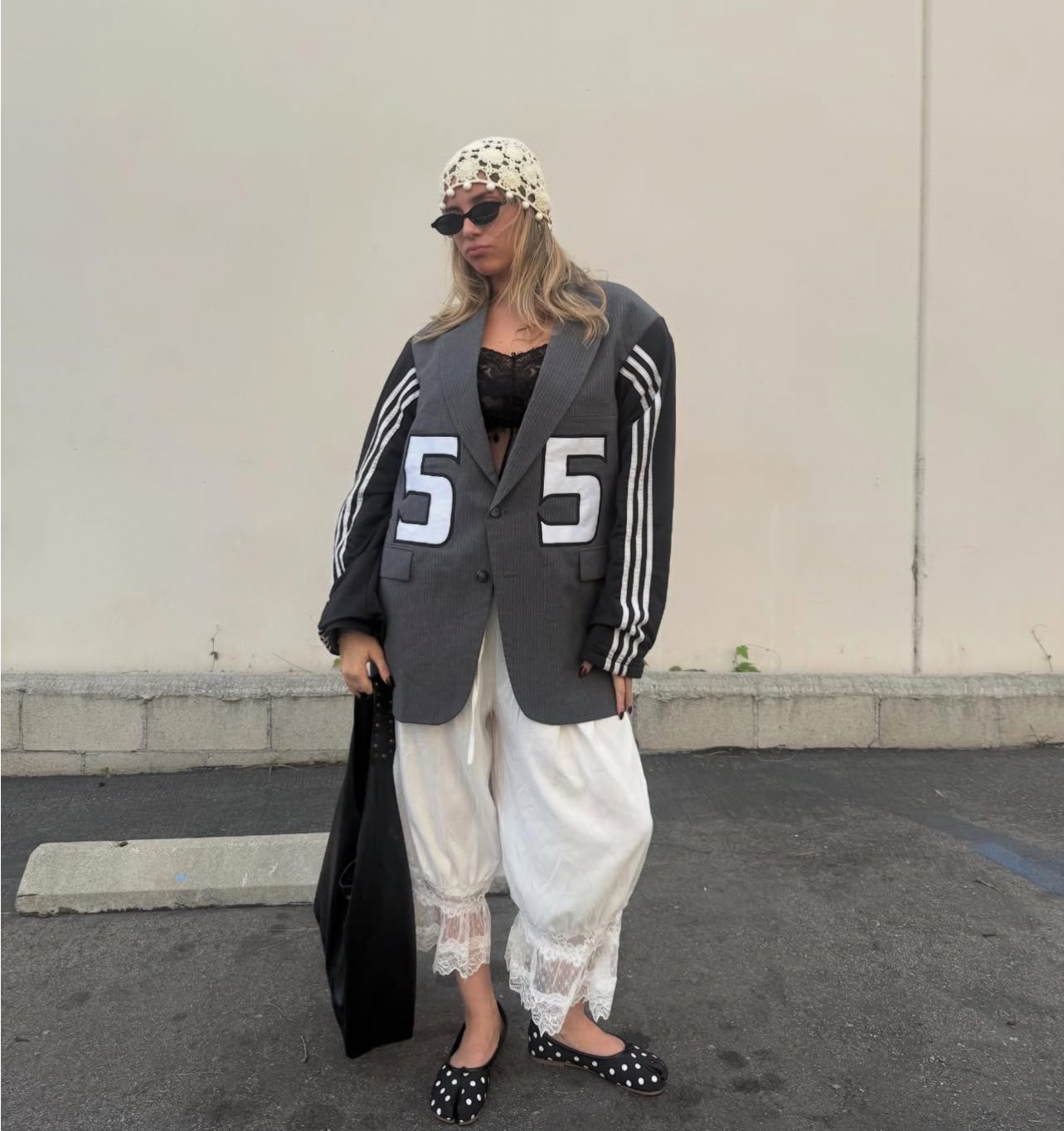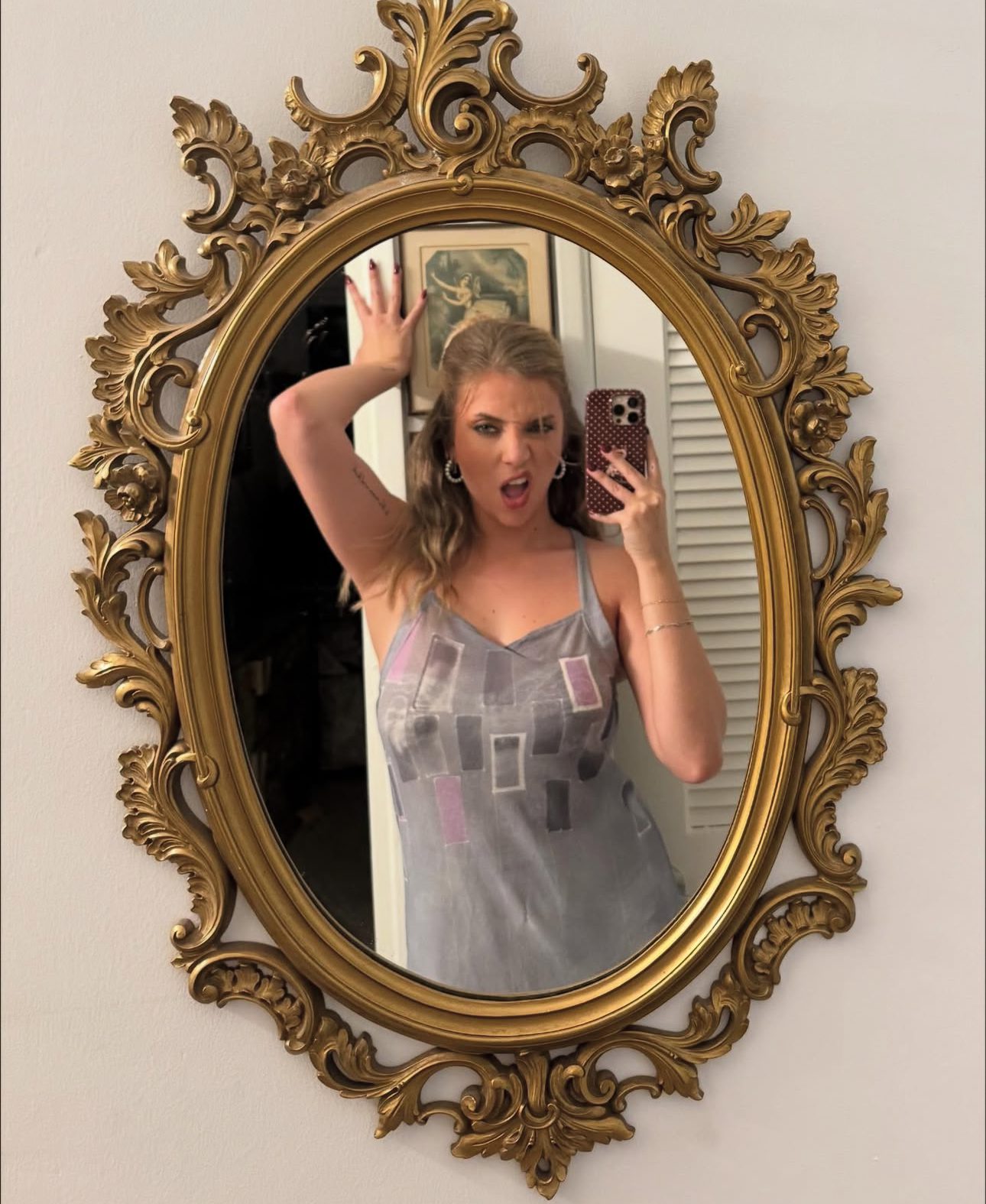A practical playbook + an invite to ours this Sunday in LA
If you know me, you know I love fashion, but I love it even more when it’s sustainable. Clothing swaps are proof that style and sustainability can coexist. Clothing swaps are the most joyful way to refresh a wardrobe: no production emissions, no packaging waste—just circulation, community, and great outfits.
Below is a field-tested, step-by-step guide covering formats, rules, outreach, logistics, marketing, and follow-up. Steal it, adapt it, and host your own.
What is a clothing swap—and how does it work?
A clothing swap is a community event where people bring good-condition items and take home “new-to-them” pieces. You can run it:
- Token-based: Each accepted item earns 1 token; attendees “spend” tokens to take pieces. Prevents over-taking and feels fair.
- Point-based: Tier by category (e.g., coats = 3 pts, denim = 2, tees = 1). More admin, but balanced.
- Open swap (free-for-all): Timed shopping windows; volunteers restock tables. Great vibe, light admin; add a soft take limit.
- Pro tip: Token or point systems are best for first-time hosts.
Decide your scope
- Theme (optional): “Fall layers,” “Workwear,” “Holiday partywear,” or “All categories welcome.”
- Accepted categories: Tops, bottoms, dresses, knitwear, outerwear, footwear, bags, accessories, jewelry.
- Consider separate bins for: kidswear, petites, tall, menswear, gender-free.
- Condition standard: Clean, odor-free, no holes, pilling, broken zips, missing buttons (unless you have a visible mending station).
Venue: how to find & pitch
- Good venues: community centers, boutiques, showrooms, co-working spaces, galleries, breweries/cafés (before open), libraries, university spaces.
- What you need: Open floor, tables/racks, mirrors, a few fitting screens, decent lighting, restroom, outlets, wifi.
- Amenities: rolling racks, hangers, size dividers, full-length mirrors, steamer.
Outreach email template (copy/paste):
Subject: Host a Community Clothing Swap at [Venue Name]?
Hi [Name],
I’m organizing a low-waste clothing swap that brings [#] locals together to exchange great-condition pieces and donate leftovers to vetted nonprofits. We’re looking for a 2–3 hour window on [date range], and would love to host at [Venue].
We handle setup, volunteers, sorting, cleanup, and promotion—your team just provides the space (tables/racks if available). In return, we’ll feature [Venue] across all promotions and drive foot traffic day-of.
Open to a quick call?
Thanks so much,
[Your name / IG / phone]
Rules & attendee guidelines (post this on the RSVP page + signage)
- Bring up to [X] clean, good-condition items. No stains, rips, broken zippers, heavy pilling, or damaged shoes.
- No underwear/socks/swim unless NWT (new with tags) or sealed.
- Check-in inspection: Volunteers will review items; unacceptable items go to a “repair/recycle” bin or back to guests.
- Receive [#] tokens per accepted item (or points if tiered).
- Shop in waves: Each wave ≈ 10–15 minutes; restock between waves.
- Be kind: Try on thoughtfully; re-hang/place items you decide against.
- Leftovers: Donated to pre-announced partners.
- BYO bag to carry treasures home.
- Kids & accessibility: Provide seating, clear aisles, priority access on request.
Floor plan & setup
- Check-in: Welcome, item inspection, token handoff.
- Sizing zone: XS–XXL dividers on racks; label tables by category.
- Try-on: Mirror corner + 2–3 pop-up fitting screens.
- Care corner: Lint rollers, steamer, fabric shaver, mini sewing kit.
- Donate later: Clearly labeled “Leftovers donation” area.
- Supplies checklist: rolling racks, hangers, size markers, folding tables, signage, sharpies, tape, tote of tools (lint/fabric shaver/steamer), mirrors, token/raffle tickets, QR code signs, hand sanitizer.
Volunteers (the secret to a smooth swap)
Roles:
- Intake & quality control (2–4 ppl)
- Tokens & traffic flow (1–2)
- Merchandising/restocking (2–3 stylists)
- Fitting area helper (1)
- Photographer/social (1)
- End-of-event pack-down (all hands)
Briefing: 10 minutes before doors; define standards and tone (friendly but firm).
Hygiene & quality
- Encourage attendees to pre-wash items.
- Provide hand sanitizer, deodorant wipes, shoe wipes.
- Use a fabric shaver & steamer at intake to quickly elevate pieces.
Donations & partners
Line up post-event donation partners in advance (shelters, workforce nonprofits, textile reuse orgs). Publicize them for transparency. If you collect damaged textiles, partner with a credible recycler.
Donation slip template (for your records): Item count, categories, receiving nonprofit, date, volunteer signature, photos of packed boxes.
Pricing & tickets
- Free with RSVP (most inclusive), or
- Sliding scale / charity donation, or
- “Bring X items + optional $5–$10” to cover venue/supplies.
- Use Partiful/Eventbrite; cap attendance to room capacity; stagger entry times.
Promotion plan (simple & effective)
- Tease (T-7 days): What to bring, partners, “how it works” carousel.
- Reminders (T-3 & T-1): Repost UGC, volunteer call.
- Day-of: IG Stories: intake, restocks, fits, “last hour” push.
- After: Thank you post + impact (items swapped, donated, partners tagged).
- Creative assets: vertical flyers, rack-top signs, QR codes to RSVP, branded tokens.
Legal & logistics (quick hits)
- Ask venues if they require COI (insurance); many co-working/retail spaces do.
- No money changing hands for garments (unless your model includes it).
- Add a simple liability disclaimer on RSVP: try-ons at your own risk; unswapped items may be donated; no returns.
- Collect consent for photos at the door (signage + verbal).
Impact tracking (tell the story)
- Count total items received, swapped, and donated.
- Estimate weight diverted (rule of thumb: 1 garment ≈ 0.5–1 lb).
- Share your impact graphic post-event.
Email templates
Attendee confirmation: Thanks for RSVPing to the Clothing Swap! Bring up to [X] clean items. Check-in opens at [time]. You’ll get [tokens/points] per accepted piece to shop in timed waves. BYO tote. Leftovers support [nonprofits]. See you soon!
Brand/venue thanks: Thank you for hosting/partnering! We swapped [#] items and donated [#] to [partners]. Photos attached; recap post goes live [date]—we’ll tag you.
Our swap (you’re invited!)
We’re teaming up with Natalia Trevino Amaro and Lauren Bash to host a community clothing swap with Sachi.LA.
- When: Sunday, October 19, 11:00 AM–1:30 PM
- Where: With Sachi.LA (Los Angeles)
- Bring: Up to 10 clean, good-condition pieces (all genders/sizes welcome)
- Leftovers: Donated to Homeboy Threads and Trashie
- Format: Token-based, timed waves, restocks throughout
- Extras: Mirrors, steamer, fabric shaver, good vibes
Want in? RSVP here.
The Deeper Impact of Clothing Swaps (and How to Make Yours Count)
Clothing swaps are one of those rare win-wins: they reduce waste, foster community, and reduce pressure on fast fashion supply chains. But their power goes beyond the social aspect — swaps can make a measurable environmental impact when thoughtfully executed. Here’s a deeper dive + updated guide (with new insights) and your event invite.
Why clothing swaps matter — the environmental case
- Textile waste is enormous. Globally, the fashion industry produces over 92 million tonnes of textile waste per year — the equivalent of a garbage truck dumping clothes into landfills every second.
- Fast fashion’s full cost. The industry is responsible for roughly 10% of global carbon emissions, and contributes massively to water usage, pollution, and resource depletion.
- Underutilization is the problem. Many garments are worn only ~7–10 times before being discarded. That means the true cost of creation (energy, labor, water) is amortized over a few wears — which is extremely inefficient.
- Reuse vs recycling. Reusing garments (i.e. swapping) yields higher environmental benefits compared to recycling after disposal, because it avoids the need to produce new garments in the first place.
- Quantifiable impact from swaps. One study implemented a swapping algorithm and measured real impact over two months: 251 swaps resulted in 4,203 kg CO₂ emissions avoided, 6,813 m³ water saved, and reduced land use and energy consumption significantly.
- Circular fashion momentum. Swaps fit into the broader “circular fashion” model: extend life, reuse materials, reduce waste. So, when you host a swap, you’re not just offering a fun afternoon — you’re pushing back against a linear “take-make-dispose” system.





